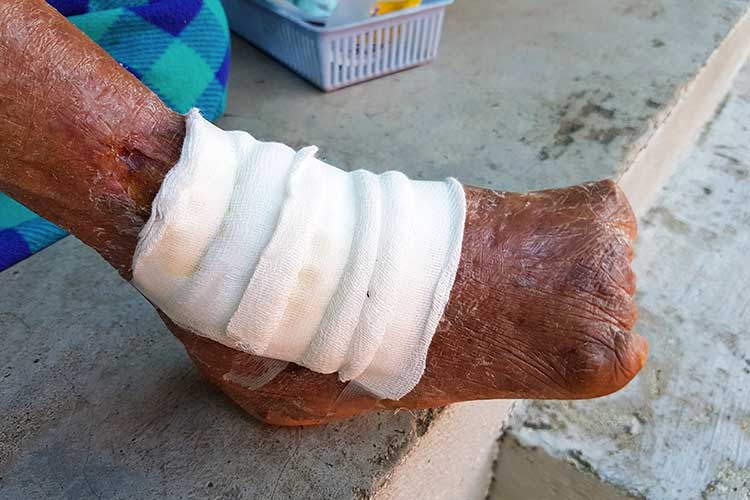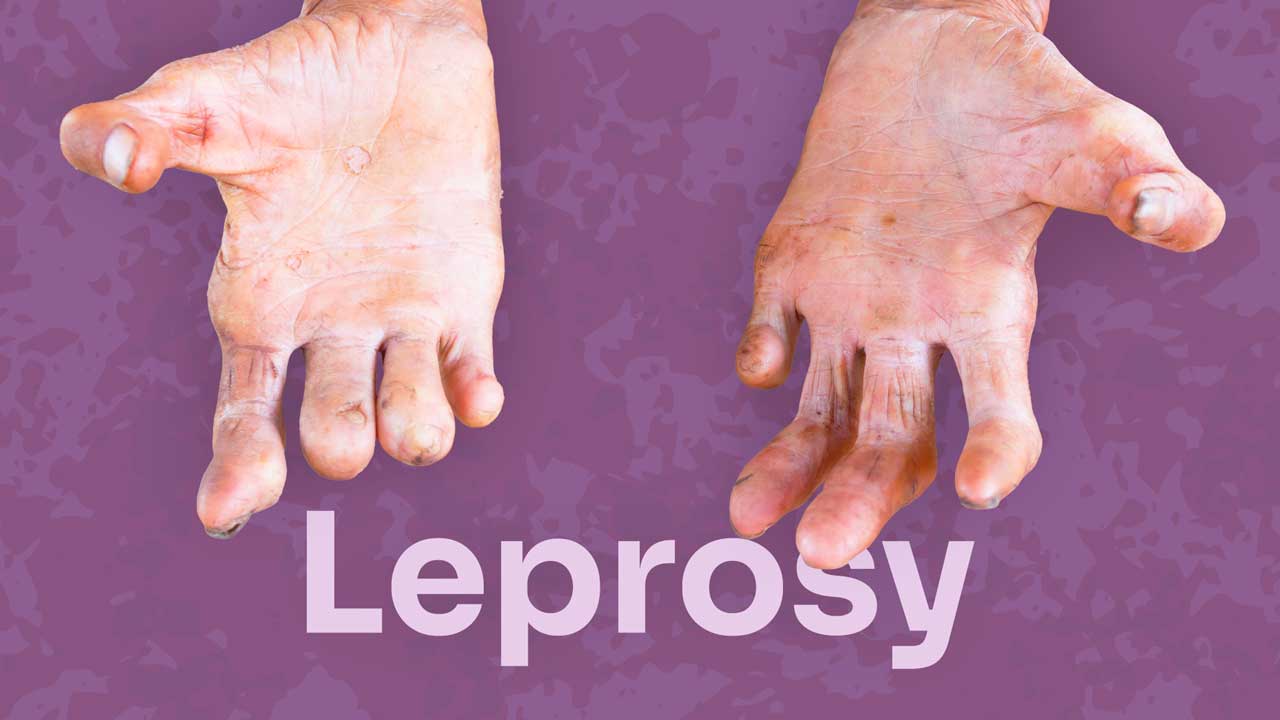Because leprosy, also known as Hansen's disease, is rare in Australia (Health.vic 2022), you might not know much more about it than what you have seen in media portrayals.
Most Australians affected by leprosy are either Aboriginal and Torres Strait Islander peoples from northern Australia or people who have migrated from a country where leprosy is more common (SA Health 2022).
What is Leprosy?
Leprosy is a bacterial infection caused by Mycobacterium leprae (M. leprae), which multiplies slowly and progressively affects cooler body tissues (the skin, superficial nerves, pharynx, testes, larynx, eyes, and testes) (Health.vic 2022; WHO 2023).
It’s a chronic disease that is most common in the tropics and subtropics and can be cured with multi-medicine therapy over 6 to 24 months, subject to the type of leprosy (Better Health Channel 2017; SA Health 2022).
Over the last 20 years, 16 million people with leprosy have been cured. The World Health Organisation offers free leprosy treatment (Miller & Begum 2023).
Early treatment and surgery can help to prevent deformity and disability from occurring (SA Health 2022).
Symptoms of Leprosy
Symptoms can include:
- Symmetrical bodily lumps (nodules, papules, and macules)
- Eye bleeding and inflammation (keratitis and iritis)
- Crusting of the nasal lining, which causes breathing issues
- Stiff, thick, or dry skin
- Permanent disfiguring and disability may occur, particularly in the hands, feet, and face
- Loss of feeling resulting from nerve thickening, notably in the hands, feet, and face
(SA Health 2022; Miller & Begum 2023)
Potential Complications of Leprosy
Treatment is needed to avoid permanent damage such as:
- Blindness
- Glaucoma
- Facial swelling and lumps
- Erectile dysfunction
- Male infertility
- Kidney failure
- Muscle weakness
- Nerve damage to arms, legs, and feet
(Miller & Begum 2023)

How Does Leprosy Spread?
Contrary to what you may have thought, leprosy is not actually highly contagious (Better Health Channel 2017). It only affects humans (SA Health 2022).
Transmission is thought to occur via the infected nasal lining of someone with leprosy to another person's skin or respiratory tract. Thereby, close contact with infected people increases chances of transmission, but not many close contacts develop leprosy (SA Health 2022).
Infections found in newborns and young children are thought to be passed via the placenta (Better Health Channel 2017).
How Long is the Incubation Period?
The average incubation period of leprosy is 4 years for tuberculoid leprosy and 8 years for lepromatous leprosy, however, it may take up to as many as 20 years for symptoms to show (Health.vic 2022).
Diagnosis of Leprosy
Leprosy is usually diagnosed using laboratory tests (SA Health 2022).
Treatment of Leprosy
Leprosy can be effectively treated using multi-drug therapy (MDT), consisting of dapsone, rifampicin, and clofazimine, for a period of 6 and 12 months (depending on the type of leprosy) (WHO 2023).
Topics
References
- Better Health Channel 2017, Leprosy (Hansen’s Disease), Victoria State Government, viewed 16 October 2023, https://www.betterhealth.vic.gov.au/health/conditionsandtreatments/leprosy
- Health.vic 2022, Leprosy (Hansen’s Disease), Victoria State Government, viewed 16 October 2023, https://www.health.vic.gov.au/infectious-diseases/leprosy-hansens-disease
- Miller, K & Begum, J 2023, Leprosy: Causes, Symptoms, and Treatment, WebMD, viewed 16 October 2023, https://www.webmd.com/skin-problems-and-treatments/leprosy-symptoms-treatments-history#1
- SA Health 2022, Leprosy (Hansen’s Disease), Government of South Australia, viewed 16 October 2023, https://www.sahealth.sa.gov.au/wps/wcm/connect/public+content/sa+health+internet/conditions/infectious+diseases/leprosy/leprosy+hansens+disease+-+including+symptoms+treatment+and+prevention
- World Health Organisation 2023, Leprosy, WHO, viewed 16 October 2023, https://www.who.int/en/news-room/fact-sheets/detail/leprosy
 New
New 
